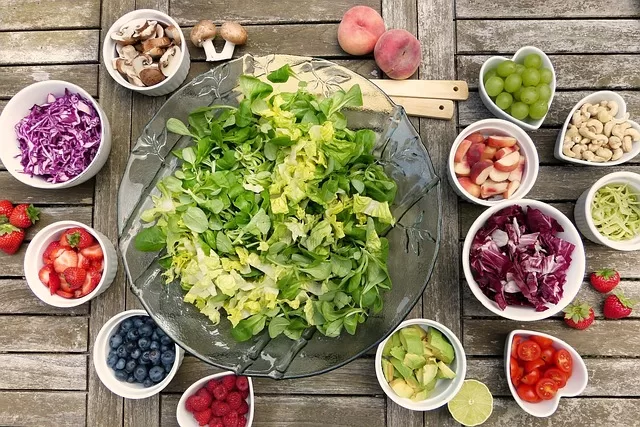Gout is a form of arthritis caused by the buildup of uric acid crystals in the joints. Diet plays an important role in gout, as certain foods and drinks can trigger gout attacks. Here are 10 foods and drinks that are known to trigger gout attacks:
- Red meat: Beef, pork, and lamb are high in purines, which are broken down into uric acid in the body.
- Organ meat: Liver, kidney, and other organ meats are also high in purines.
- Seafood: Fish such as anchovies, sardines, and mackerel, and shellfish like lobster, crab, and scallops, are high in purines.
- Alcohol: Beer and spirits, particularly whiskey and gin, increase the risk of gout.
- Sugary drinks: High fructose corn syrup and other sweeteners found in soda and sweetened fruit drinks are also linked to gout.
- Fried foods: Fried and processed foods can also increase the risk of gout.
- High-calorie foods: Consuming a high-calorie diet, rich in saturated fats and trans fats, may also increase the risk of gout.
- Yeast-rich foods: Foods that contain yeast such as bread, cheese, and even beer, can also contribute to gout.
- Foods high in purines: Certain vegetables like asparagus, spinach, and cauliflower are also high in purines, and therefore can also trigger gout.
- Processed Foods: Some processed foods, like canned soups, frozen dinners, and processed cheeses, contain large amounts of sodium, can also contribute to gout symptoms.
It is important to note that everyone’s response to certain foods can be different and the severity of gout symptoms varies from person to person. Some people might experience gout symptoms after eating just a small amount of these foods, while others might not experience any symptoms at all. It is important for people with gout to work with their healthcare provider to determine which foods trigger their gout symptoms and how to manage them in order to minimize the likelihood of gout attacks.
Other ways to treat gout
There are several medications available to treat gout. The main types of medications used to treat gout are:
- Non-steroidal anti-inflammatory drugs (NSAIDs): These are used to relieve pain and inflammation caused by gout. Examples of NSAIDs include ibuprofen and naproxen.
- Colchicine: This is a medication that helps to reduce the inflammation and pain associated with gout.
- Corticosteroids: These are powerful anti-inflammatory medications that can be taken orally or injected directly into the affected joint. They are usually used for severe gout attacks or when other medications are not effective.
- Uric acid-lowering medications: These medications are used to reduce the level of uric acid in the blood and to prevent future gout attacks. Examples of uric acid-lowering medications include allopurinol, febuxostat, and pegloticase.
- A combination of medications: For some people, a combination of different types of medications may be more effective than a single medication.
It’s important to work with your healthcare provider to determine the best treatment plan for you. The most appropriate medication or combination of medications will depend on the severity of your gout, the frequency of attacks, any other underlying health conditions you may have, and how well you tolerate different medications. Your healthcare provider will also monitor your response to the medication and adjust the treatment plan as necessary.
It’s also important to mention that lifestyle changes such as weight loss, eating a healthy diet and drinking plenty of water, can help reduce the frequency of gout attacks and help manage the symptoms.
Symptoms of gout
The symptoms of gout can vary, but they typically include:
- Intense joint pain: Gout most commonly affects the big toe, but it can also affect other joints, such as the knee, ankle, or wrist. The pain is usually sudden and severe, and can be accompanied by a burning or aching sensation.
- Joint swelling: The affected joint may become swollen and tender to the touch.
- Redness and warmth: The skin over the affected joint may become red and warm to the touch.
- Limited range of motion: The affected joint may be stiff and difficult to move.
- Tophi: Tophi are lumps that can form under the skin near the affected joint. They are made up of uric acid crystals and can be painful.
- Night pain: Some people may experience gout pain and discomfort at night, waking them up.
- Fever and chills: Although less common, during an attack, some people may experience fever and chills.
Symptoms of gout can come and go in episodes or attacks. Attacks can last for a few days to a few weeks, and in some cases, they can recur multiple times a year.

Samantha Simmons is a respected dietary expert with over a decade of experience in the field of nutrition. She holds a degree in Nutrition Science and is a registered dietitian. Samantha is a regular speaker at health conferences and seminars, and has been featured in multiple media outlets, discussing the latest research and developments in nutrition.


